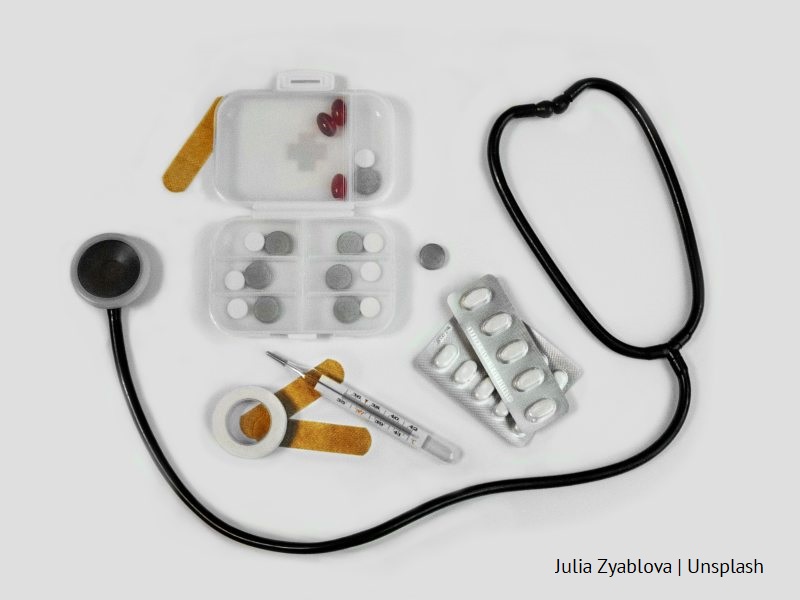Scientists are still looking for new compounds that will prove effective in the fight against bacteria and viruses that threaten human life. Although currently most of our attention is directed towards the coronavirus, we should not forget about other pathogens that were the cause of major global epidemics in the past. The HIV virus is one of them. It attacks the cells of our immune system, eventually causing the body to gradually lose its ability to fight infections.
According to the National AIDS Centre in Poland, since the beginning of this epidemic, i.e. from 1985 to 31 December 2020, 26,486 people infected with HIV have been registered in our country, 3,815 of which developed AIDS (https://aids.gov.pl/). At the end of October 2021, more than 14,000 patients were receiving treatment, including 96 children. Due to the new virus mutations, research is still being conducted to find effective antiviral drugs. Two new compounds that could be used in such pharmaceuticals have been suggested by a team of scientists representing the Medical University of Silesia in Katowice, the National Medicines Institute, and the University of Silesia in Katowice.
These substances are based on the structure of betulin and pentacyclic triterpene of natural origin. Compounds from this group show strong anticancer, antiviral, antibacterial, and anti-inflammatory properties. The subject of the conducted research was a phosphonic derivative of 3-carboxyacylbetulinic acid and a phosphate derivative of 3-carboxyacyl betulin. Comparing the obtained anti-HIV activities with the activity of bevirimat, the first preparation with a new mechanism of action (virus maturation inhibitor), which was subjected to phase II clinical trials, it was found that the phosphonates, apart from high biological activity, also have higher selectivity. The advantage of the proposed solutions is also a simplified production process. The researchers used commercially available reagents and readily available betulin as the main substrate, which can be obtained from birchbark, for instance, as waste during the process of paper production.
Both compounds, the method of obtaining them, and their application have been patented.
The authors of the first invention are scientists representing:
- The Medical University of Silesia: Prof. Stanisław Boryczka, Elwira Chrobak, PhD, Ewa Bębenek, PhD, DSc, Monika Kadela-Tomanek, PhD,
- National Medicines Institute: Prof. Zdzisław Chilmonczyk, Katarzyna Wiktorska, PhD, DSc, Małgorzata Milczarek, PhD, DSc, Aleksandra Dąbrowska, MSc,
- The University of Silesia in Katowice: Maria Jastrzębska, PhD, DSc, Associate Professor.
The team working on the second patented solution included researchers from the Medical University of Silesia in Katowice: Prof. Stanisław Boryczka, Elwira Chrobak, PhD, Ewa Bębenek, PhD, DSc, Monika Kadela-Tomanek, PhD, and Prof. Zdzisław Chilmonczyk, Katarzyna Wiktorska, PhD, DSc, Małgorzata Milczarek, PhD, DSc, and Aleksandra Dąbrowska, MSc from the National Medicines Institute, as well as Artur Chrobak, PhD, DSc Eng., Associate Professor, from the University of Silesia in Katowice.






